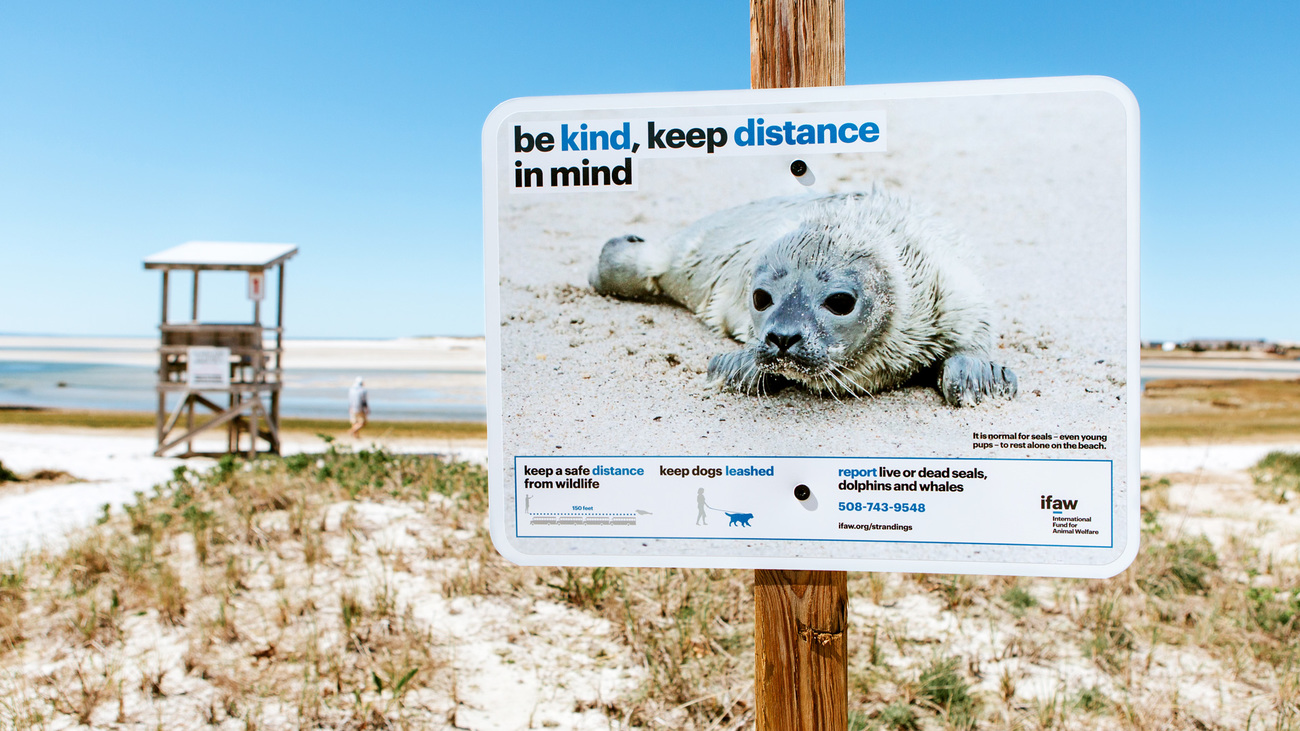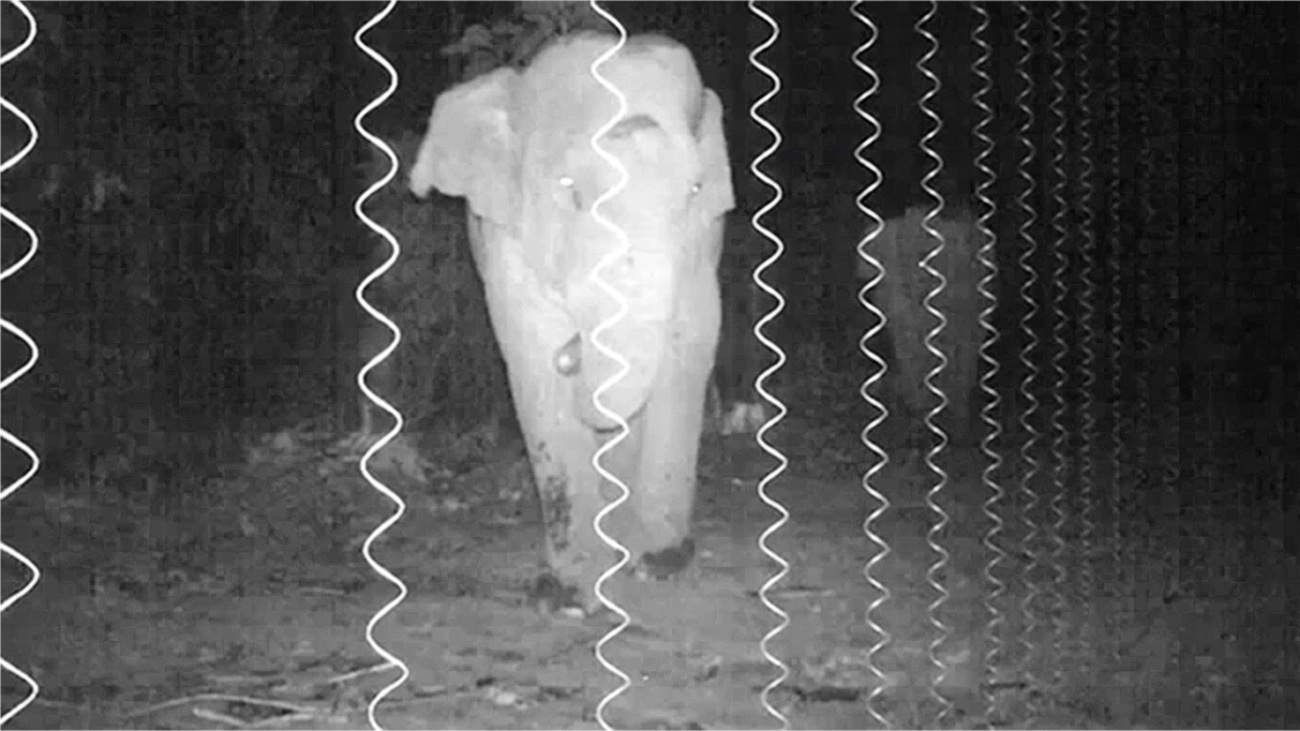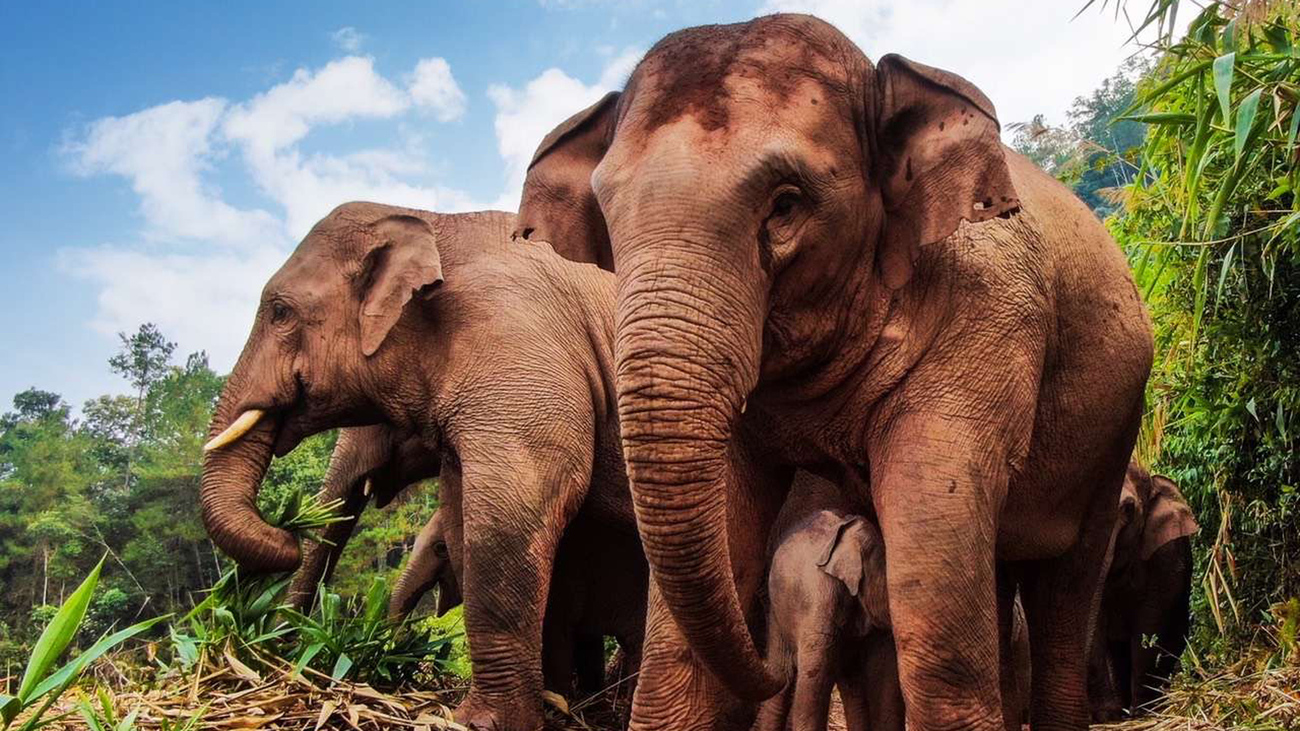Blog
What is Earth Day?
Read moreWhat is human-wildlife conflict?
In an increasingly crowded world, people and animals constantly compete for space and resources. This competition often leads to encounters between humans and wildlife that may have negative outcomes. Human-wildlife conflict is the term we use to describe negative interactions between humans and wild animals. When humans and wildlife enter into conflict, it can negatively impact resources, livelihoods, and habitats, with potentially fatal consequences.
Conflict between humans and wildlife tends to occur when an animal poses a direct or recurring threat to people’s safety or livelihoods. This can often lead to the persecution of the specific animal involved in the conflict and may even evolve into retaliatory killings of animals of that same species—or other species—living nearby. It can create negative perceptions of certain animals that cause the conflict, and these perceptions can persist for generations. Human-wildlife conflict can also occur when humans encroach on the territories of wildlife, resulting in an attack.
Human-wildlife conflict occurs with many species worldwide. Incidents of human-wildlife conflict can put the safety and lives of humans, as well as animals, at risk. This is a particular concern when the wild animals belong to a vulnerable or endangered species.
The issue of human-wildlife conflict makes it more difficult to ensure sustainable development, as humans may eradicate wild animals from their natural habitats to ensure the safety and food security of their own communities. It also makes conservation efforts within these areas more complicated, as humans begin to perceive the wild animals as a threat to their safety or livelihoods rather than recognising how they contribute to the provision of ecosystem services and important resources.
The consequences of human-wildlife conflict are extensive, including the destruction of crops, a reduction in agricultural productivity, growing competition for resources (including grazing lands and water sources), predation of livestock, damage to infrastructure, disease transmission, and injuries or death for humans and wildlife. Animals that aren’t involved in the conflict directly can also be harmed if people take action like setting traps or poisoning wildlife.
Several events can lead to conflict between humans and wild animals, including expanding human populations, resource competition, agricultural expansion, and climate change.
The world’s human population has more than tripled over the last 70 years, growing from just 2.5 billion people in 1950 to eight billion as of November 2022. As human populations grow, we require more land to live and farm, so human settlements expand further into more remote locations. This leads to habitat loss for animals as humans slowly urbanise, carry out infrastructure projects, or convert land for agriculture.
As humans encroach further and further into the natural habitats of wildlife, the proximity between humans and wild animals increases, meaning interactions between humans and wild animals become more frequent leading to greater opportunity for human-wildlife conflict.

Converting natural habitats into agricultural land is a key driver of human-wildlife conflict. As wild animal populations lose range and become more fragmented, they lose access to food sources and shelter. Where these wild animals can still access agricultural land, they may attempt to feed on human crops and livestock.
If farmers catch these wild animals feeding on their crops or killing their livestock, they may kill the wild animals to prevent them from coming back. They may also use preventative measures, like traps or poison, to kill or injure animals that venture into agricultural land.
As climate change takes effect worldwide, it can alter the climates of specific regions. This can impact the distribution of resources, causing wildlife to migrate and move into different areas in search of more space, food, and water. This increases the chance of wildlife crossing paths with humans, leading to conflict. In fact, in more than 80% of case studies into human-wildlife conflict, changes in temperature and rainfall were the top causes of conflict.
As humans increasingly occupy wildlife habitats, it can create competition for the local resources, including food and water. Conflict escalates when these life-sustaining resources become limited—thanks to factors like climate change—intensifying the competition between humans and wildlife.
Human-wildlife conflict can harm animals in various ways, from starving them of food or water to causing injuries, fragmenting populations, or leading to mass death and the endangerment of entire species.
Human-elephant conflicts most commonly occur when elephants raid human agriculture or destroy human property, or when humans get too close to elephants and the animals become aggressive—which can cause injury or death for either party.
Climate change is a huge factor that drives increased competition for resources between humans and elephants. Recent droughts have forced elephants to explore new areas for food and water and humans to venture deeper into elephant territory to seek out water and firewood. The fragmentation of elephant habitat also exacerbates the resource competition. This is caused by expanding human settlements, farms, roads, infrastructure, and industrial activities like mining.
Sadly, all three remaining elephant species are listed on the IUCN Red List as critically endangered or endangered and have declining populations. This means they cannot afford to lose adult elephants to human-elephant conflicts.

Coyotes living in human-inhabited areas may come into contact with people, livestock, and pets. Coyote-human conflicts will often be reported in the news as ‘attacks’, though most are not as dramatic as this term would suggest. Coyote-human conflicts that result in the injury or death of a human are extremely rare. Only two fatal attacks on humans have been reported since 1981.
It’s thought that coyotes may be perceived by humans as dangerous or nuisances simply because they are larger predators that sometimes live in the same areas as humans. Yet conflicts between humans and domestic animals far outnumber conflicts between coyotes and humans. For example, in Cook County in the US in 2013, there were 0 recorded bites of people by coyotes, but 3,822 bites from domestic pets.
Where human-coyote conflicts have occurred, it’s usually related to humans having either intentionally or unintentionally fed coyotes. An example of unintentional feeding would be when a coyote gains access to garbage.
Humans have long persecuted coyotes due to human-coyote conflicts and the perceived threat of attack. In the mid-20th century, many states even put out bounties to encourage people to hunt and kill coyotes. To this day, the USDA Wildlife Services are known to use poison, like cyanide bombs, to kill ‘nuisance’ animals like coyotes.
One of the primary triggers for human-wolf conflicts is the predation of livestock by wolves. As humans convert land for agricultural use nearer to wolf populations, wolves are more likely to target livestock as a food source, leading to economic losses for farmers.
Farmers will, therefore, sometimes intentionally poison or hunt wolves to protect their livestock from predators. As territorial animals, wolves are more likely to engage in conflict with people when domestic dogs are present. Conflicts are also more likely to happen if the wolves are habituated to humans or infected with rabies.
As one of the top predators in the food web, wolves have few enemies besides humans. In fact, for the majority of regions that wolves inhabit, humans are the leading cause of death for wolves. Sadly, wolves are now near extinct in much of their historical habitat, occupying only a fraction of their original range.
Human-giraffe conflicts have increased as human populations expand and infringe upon the natural habitat of giraffes. As humans settle further into these areas, giraffes are forced to seek resources near human settlements, increasing interactions and conflicts.
Giraffes are already suffering from climate change-induced droughts, with more than 6,000 estimated to have died due to severe droughts in Kenya in 2022. As giraffes roam in search of water, they are more likely to encounter humans, who perceive them as competition for their own scarce water supply.
Humans have attempted to block giraffes from accessing water by building fences and other infrastructure. When giraffes have made it to these water sources, humans have attacked them with lethal methods, including snares, spears, and ditches.
Direct confrontations between humans and giraffes can turn violent, posing risks to both parties. Human-giraffe conflicts contribute to declining giraffe populations. Habitat loss, direct killings, and disruption of natural behaviours can jeopardise the long-term survival of these animals.

One of the best ways to reduce human-wildlife conflict is to educate the public on how coexistence with wildlife is possible. At IFAW, we’re working to shift the public perception of wildlife in urban or human-populated areas, helping educate local communities on how to live harmoniously with wild animals.
One example of this is our work on reshaping how people perceive coyotes, one of the most persecuted animals in human history. Despite a low incidence of human-coyote conflicts, there is a fear and hostility towards coyotes. The IFAW team has worked with members of Congress to promote coexistence with coyotes and to push for non-lethal wild management strategies that affect coyote populations. We’re also campaigning to end the cruel poisoning of wolves in Alberta, Canada, as a method to control wolf populations.
As well as reducing conflict with animals that humans deem threatening, IFAW works to promote coexistence with animals that aren’t perceived as threatening yet may end up in conflicts with humans all the same. For instance, we have distributed more than 100 signs across Cape Cod, Massachusetts, to encourage people to maintain a safe distance from the local seals despite how tempting it can be to approach them. They also act to educate people on the seals’ natural shoreline habitats, reminding us that we share our beaches with wildlife.
As IFAW has proven, there are humane ways to deter animals from approaching human-occupied regions, thus reducing the likelihood of conflicts. One example is our use of beehives to deter elephants. By suspending beehives on poles around human communities in Malawi, we have found that elephants tend to stay away due to their instinctual fear of bees. Not only has this created jobs for 150 people in the region, but it’s also expected to decrease the number of human-elephant conflicts by a staggering 85%.
One of the key factors that we cannot ignore when it comes to human-wildlife conflict is the danger that wild animals can present to local human communities and their livelihoods. That’s why we need to empower these communities with coping mechanisms and resilience, supporting them in their coexistence with wildlife. We centre these people within the conservation discussion and work to support wildlife-friendly livelihoods.
Our work can’t get done without you. Please give what you can to help animals thrive.
Unfortunately, the browser you use is outdated and does not allow you to display the site correctly. Please install any of the modern browsers, for example:
Google Chrome Firefox Safari